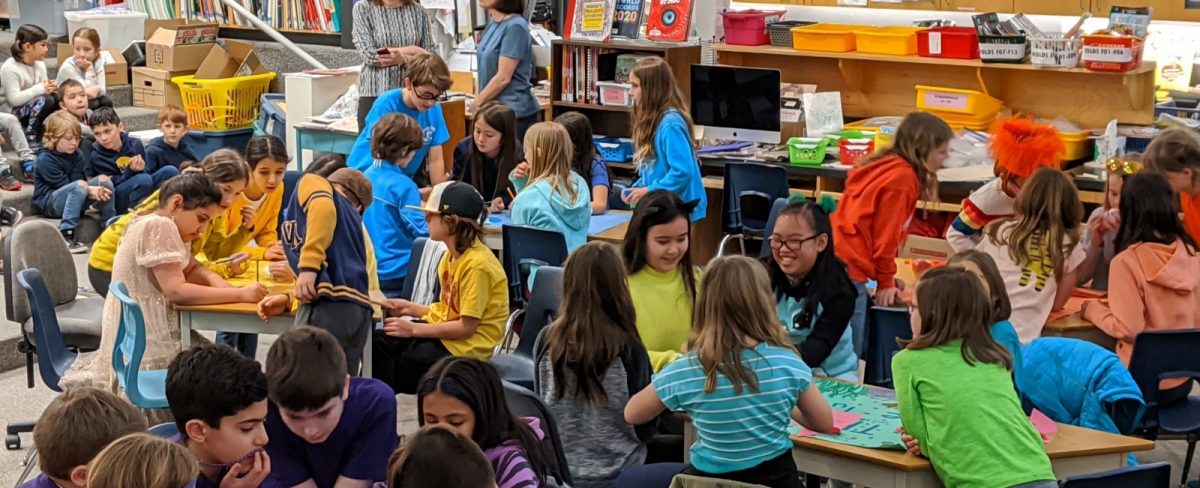Vision to Goal Setting
What is our Vision for Learning?
Vision
At Larson, we are all learners. Students, staff, and families are collectively responsible for developing, sustaining, and reflecting on practices that promote growth, safety, and belonging for all.
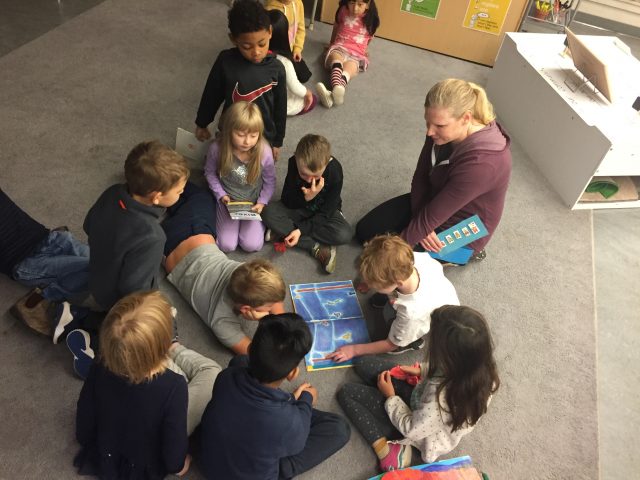
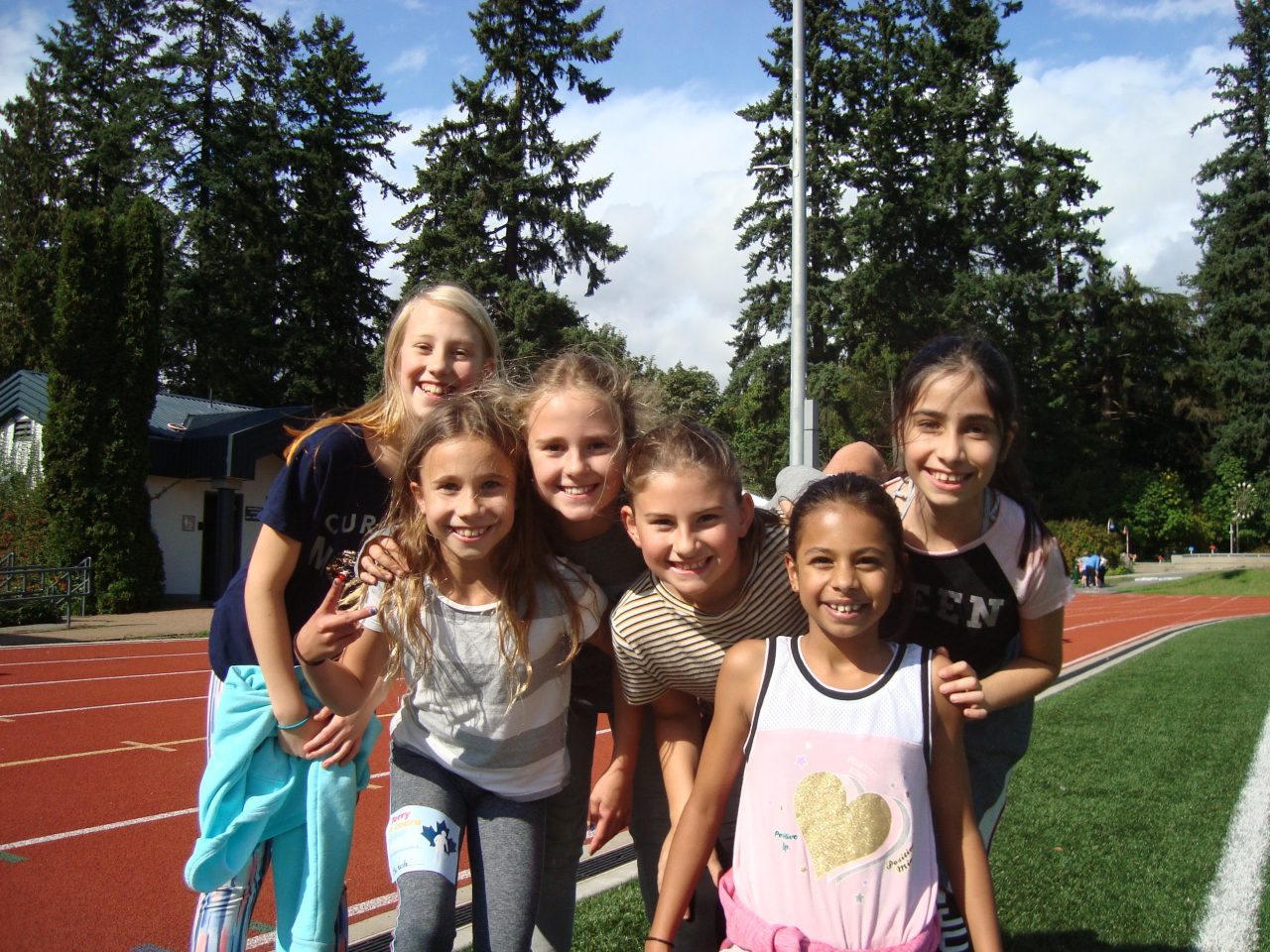
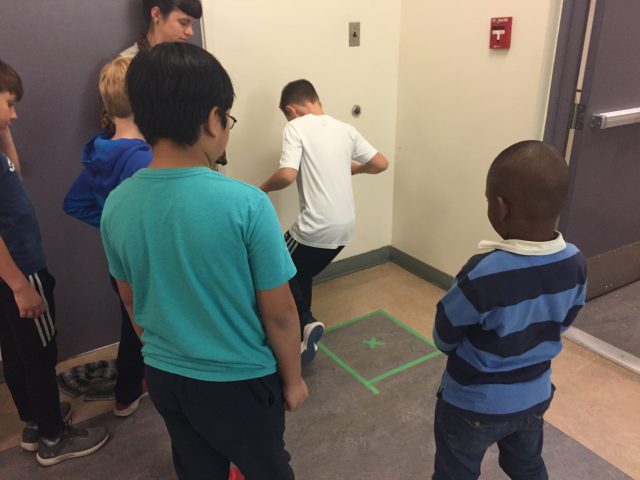
Our values...
We value all members. We will:
- Act with kindness and compassion
- Presume competency
- Assume positive intentions
- Nurture healthy relationships
- Consider the impact of our words and actions on ourselves and others
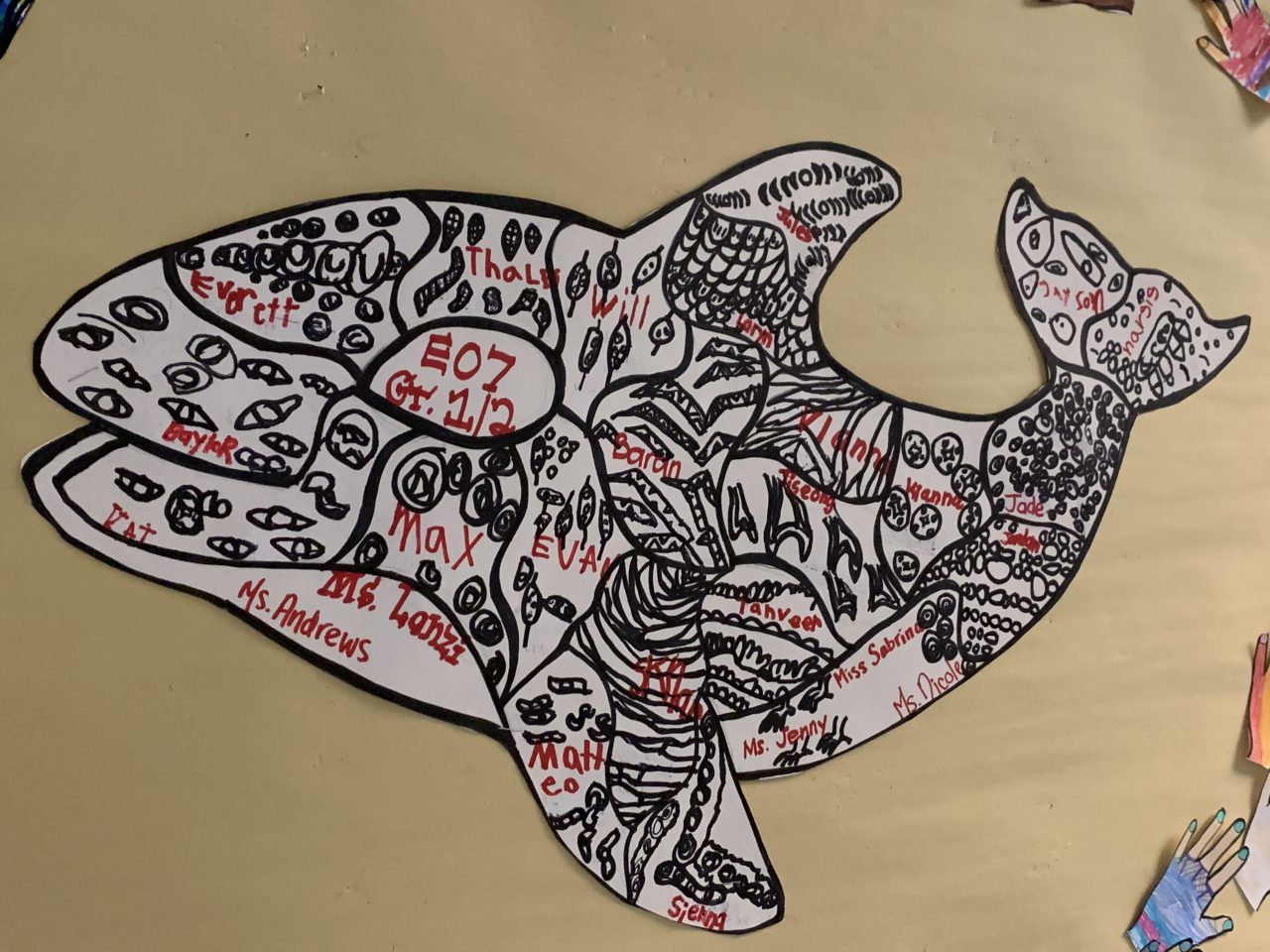
We value knowledge, skills and understanding. We will:
- Stay curious
- Seek to understand
- Explore and ensure diverse experiences and perspectives
- Include Indigenous worldviews and the First Peoples Principles of Learning
- Share our learning
- Engage in ongoing reflective practice
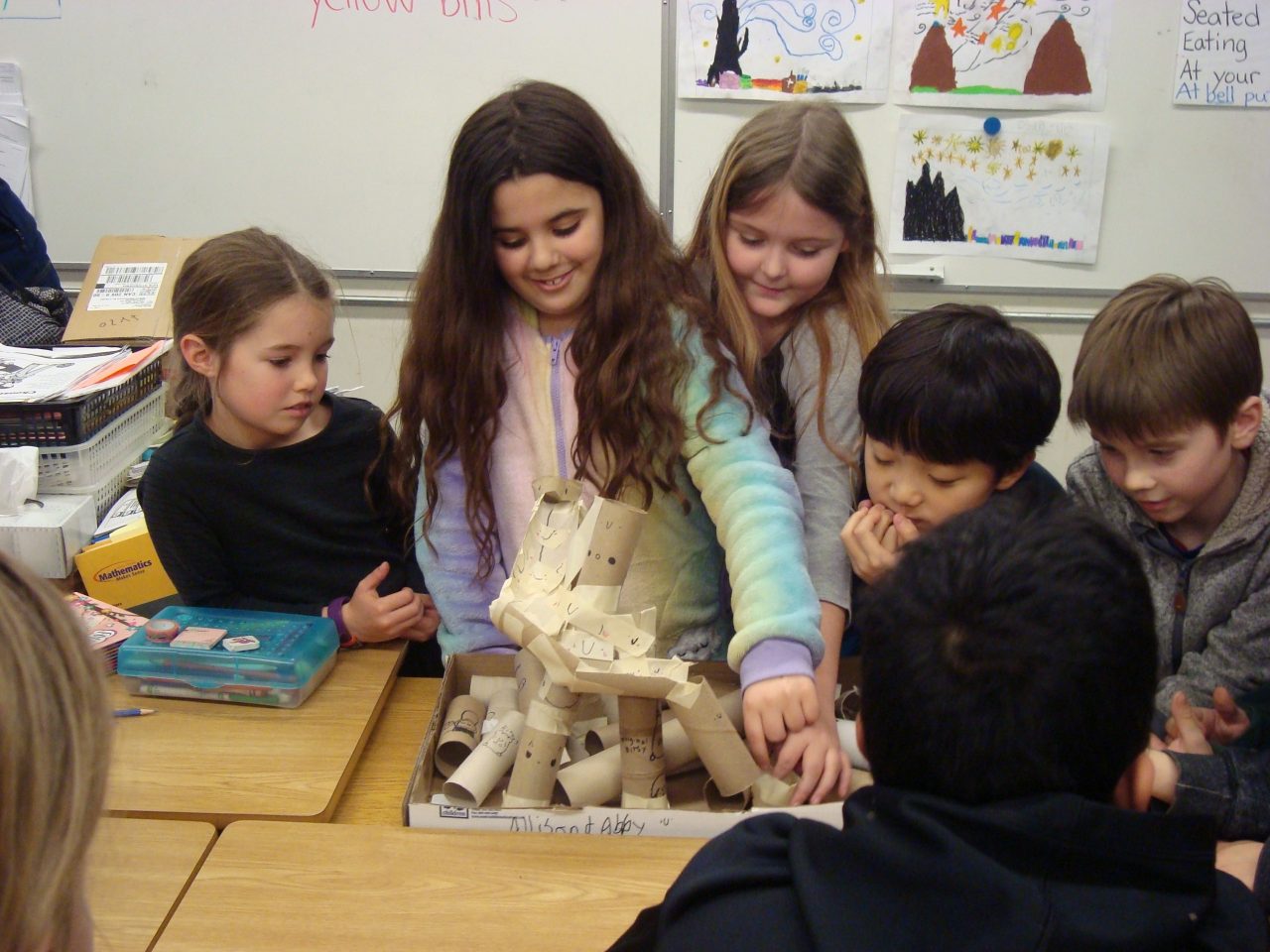
We value our community. We will:
- Be socially aware
- Support others
- Make caring and constructive choices
- Honour Indigenous protocols in our teaching & learning
- Communicate thoughtfully
- Align our words and actions with our vision
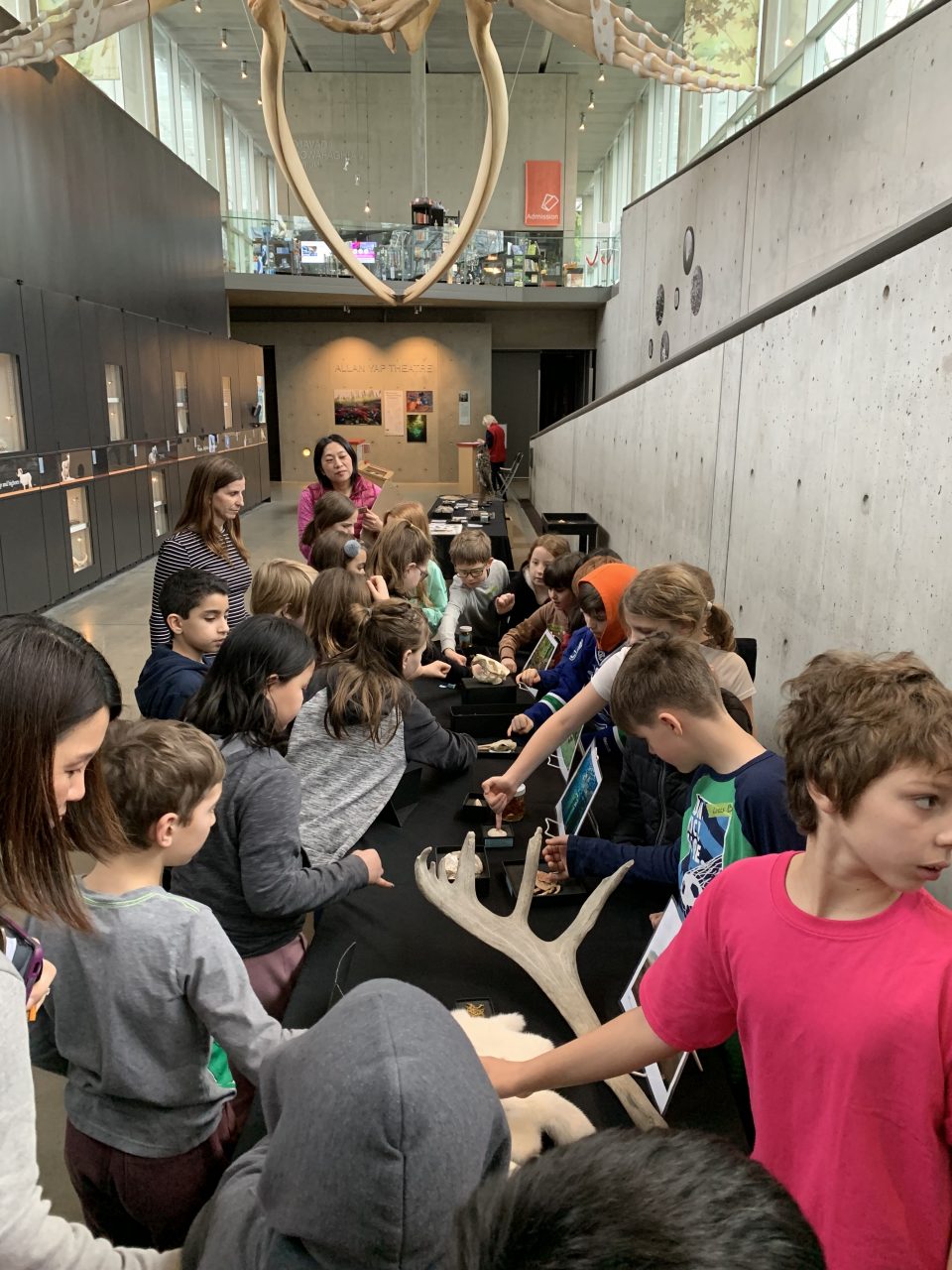
We acknowledge...
- that Social Emotional Learning sets the foundation for personal, social, and intellectual growth
- and value the diversity in our community
- that a collective and sustained focus is required to achieve equity
Goals
- To explore and understand the inequities that exist within our community.
- To create inclusive learning environments that embrace students unique experiences, identities and abilities.
Planning & Implementation
What is our Action Plan?
Social Emotional Learning
To grow the social emotional competencies of all learners: we are committed to creating opportunities for professional, student, and family/community learning in the area of Social Emotional Learning.
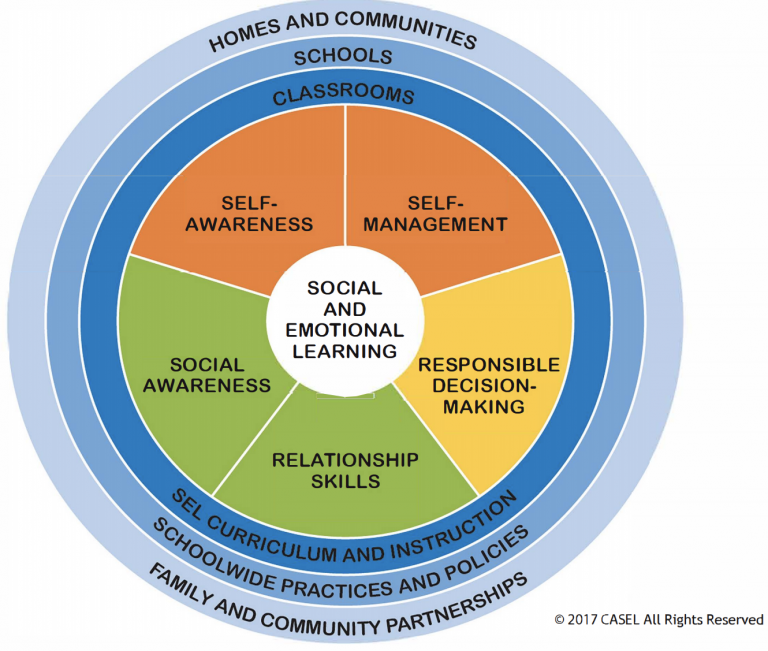
Professional
SEL focus (presentations, discussions, collaborative opportunities) at all staff meetings, staff collaboration, and school-based professional development days.
- CASEL Competencies
- Trauma Informed Practice
- Second Step
- Executive Functioning
- Restorative Practices
- Self-Assessment of Core Competency
- First Peoples Principles of Learning
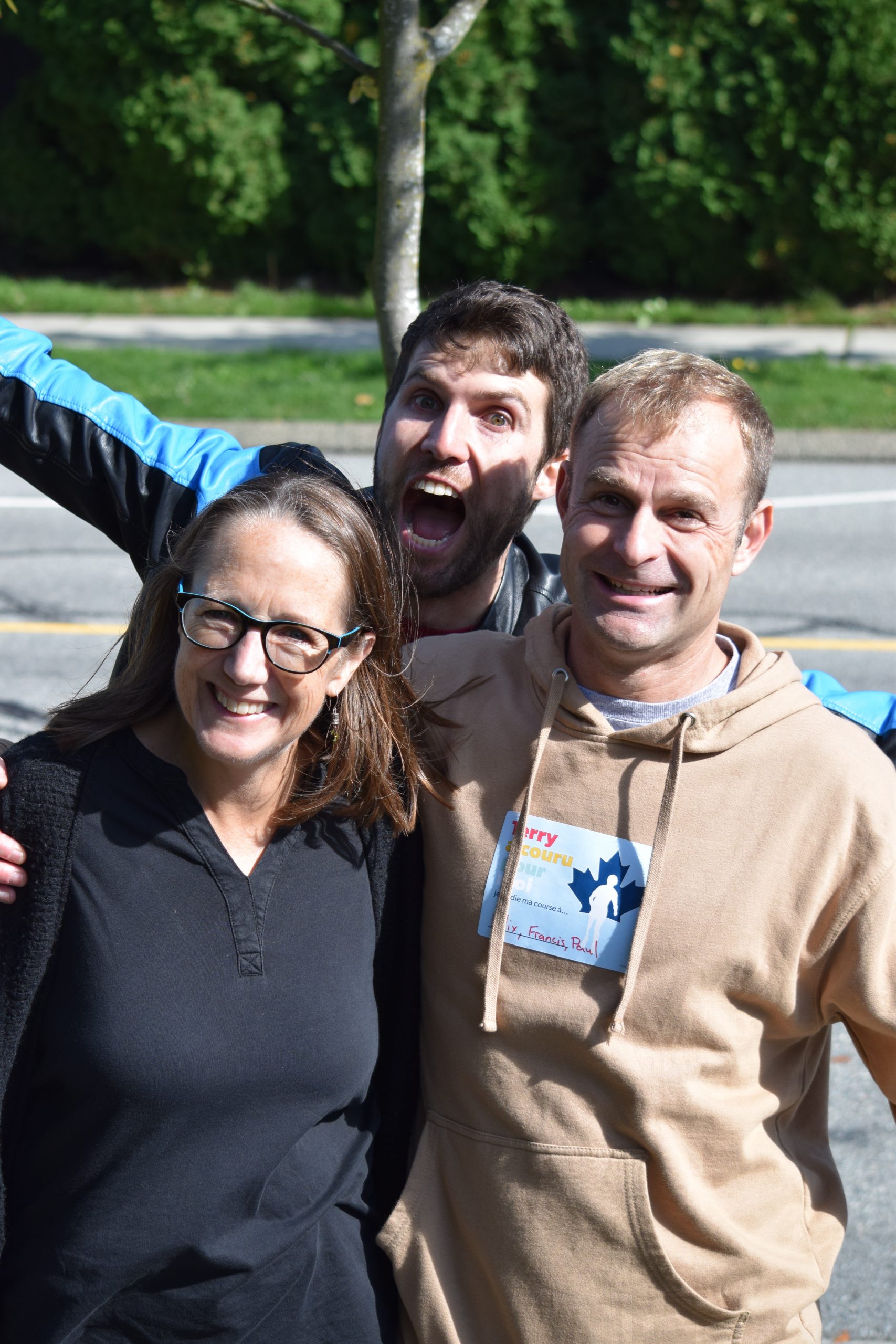
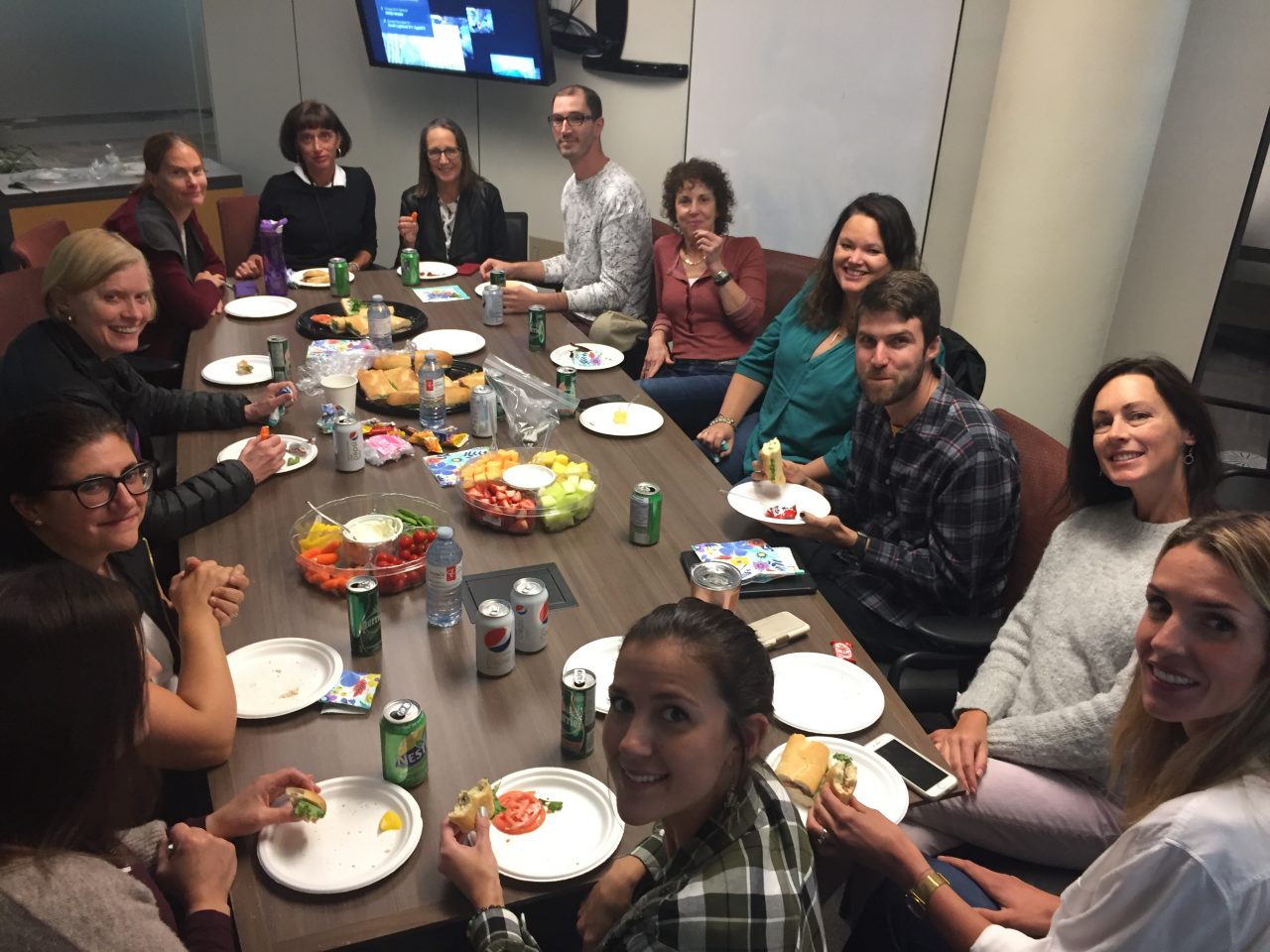
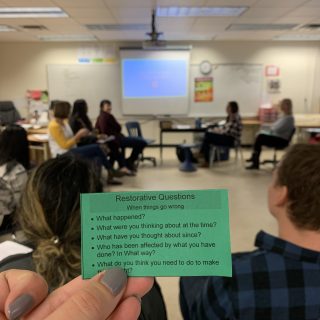
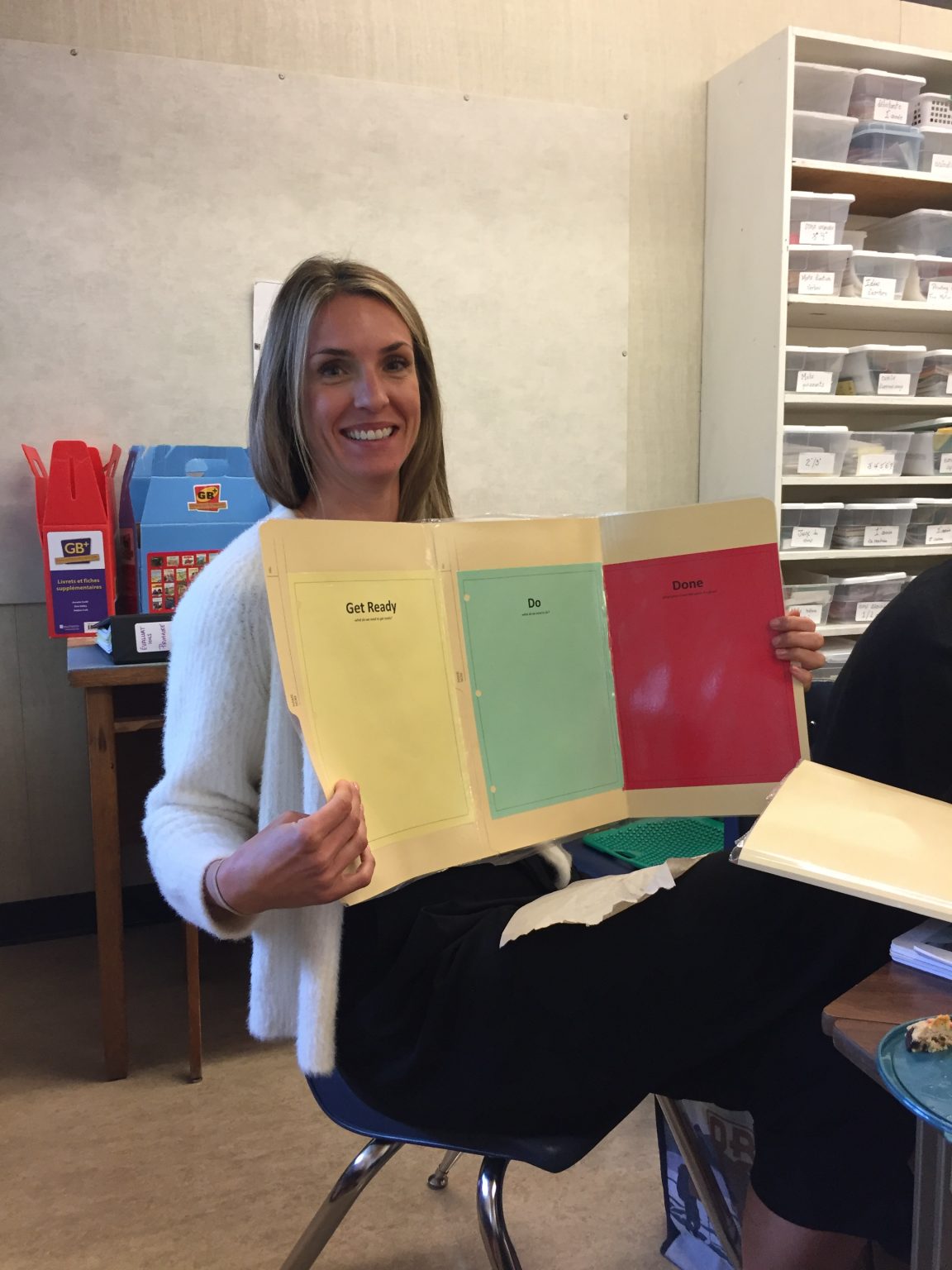
Student
SEL focus at the school-wide, classroom, and individual levels.
- School-wide implementation of Second Step
- Mindful Morning Messages and Weekly intentions linked to Core Competencies
- Exploration of the characteristics of the Orca, within Coast Salish culture, as a representation of our school and community values
- Facilitated Circle practice in select classes
- Spaces and tools to support self-regulation of behaviour, emotion, and learning in classrooms and throughout the school
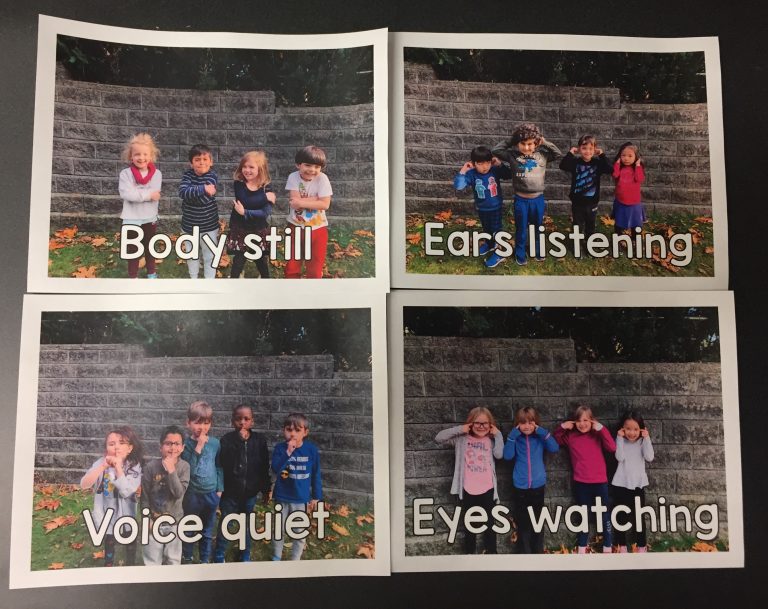
Family and Community
SEL focus within regular communication with families and community.
- Weekly updates
- Blog
- PAC/Parent meetings
- School Assemblies
Inclusion
To build our understanding and capacity to support the diversity within our inclusive community: we are committed to working collaboratively to provide opportunities for all our learners to experience success. We will explore diversity and inclusion through the lens of professional, student, and family/community learning.
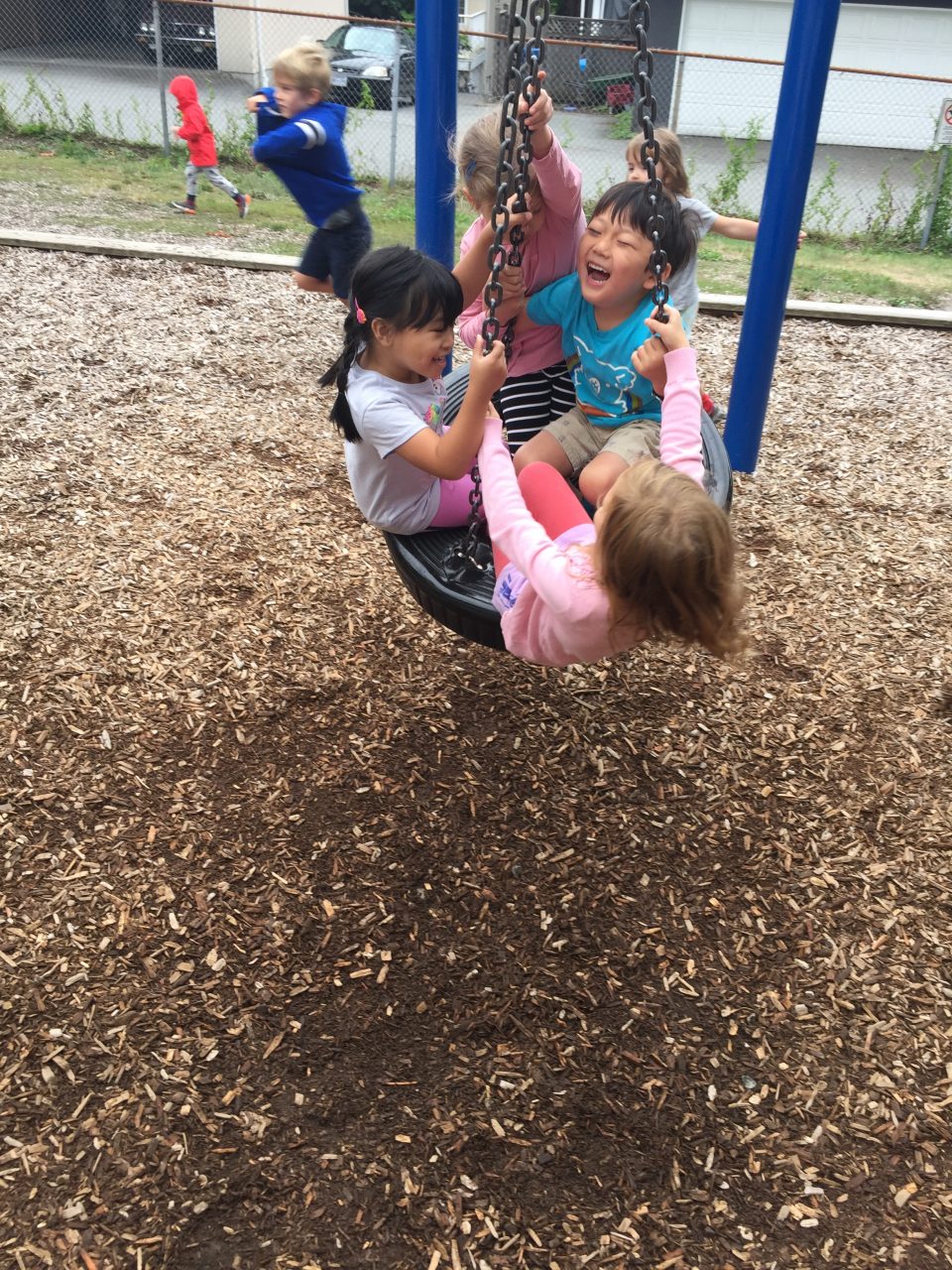
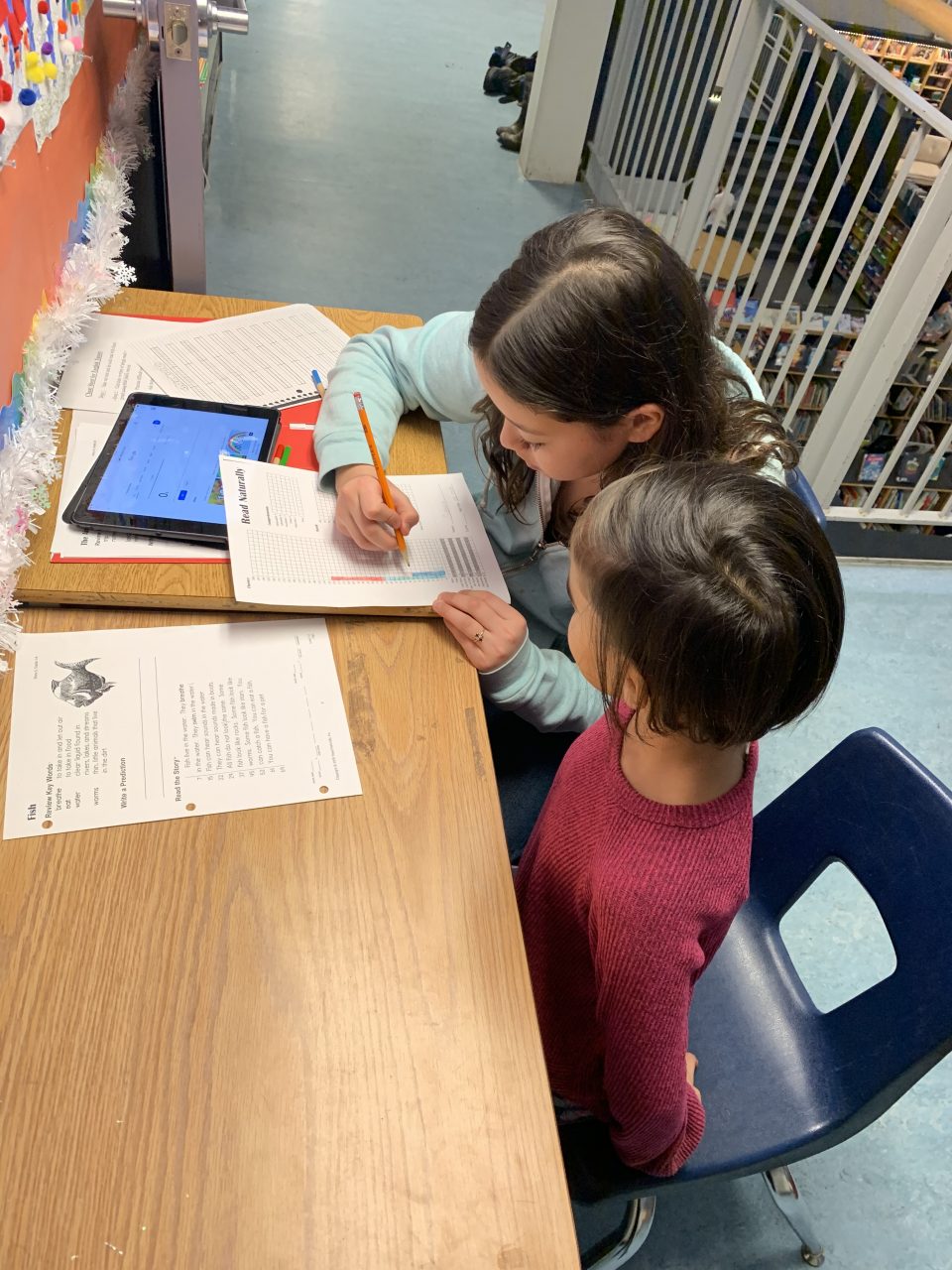
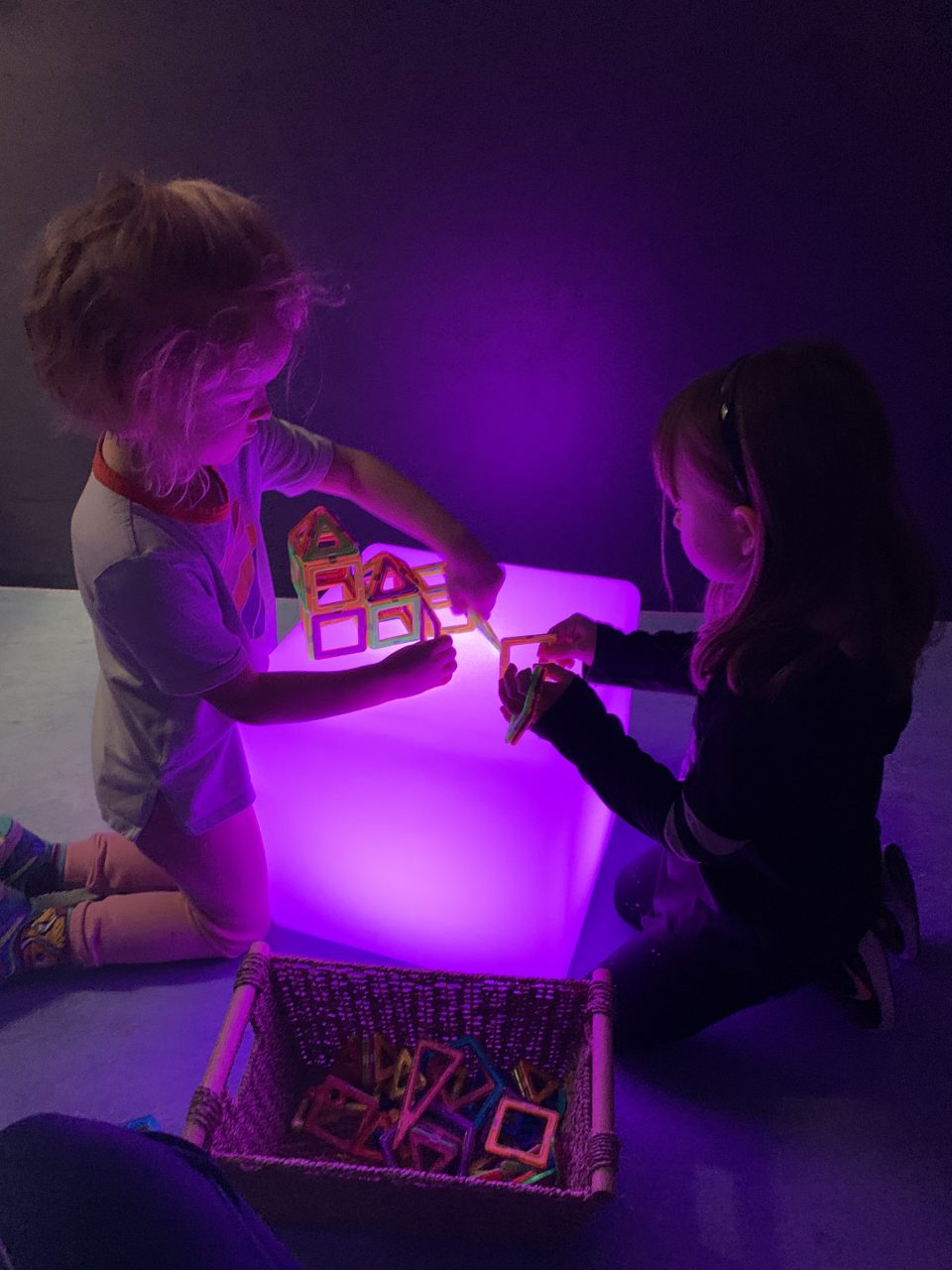
Professional
Diversity and inclusion focus at staff meetings, staff collaboration, school-based professional development days.
- Development of a shared understanding of diversity using data (Individual Learner, Grade, and Class profiles) to support collaborative planning for universal, targeted, and individualized instruction
- Learning Support Teams (LST, Counsellor, EAs, Teacher, LSW, BSW, SLP) connected to each classroom for collaboration, planning, and ongoing support
- Professional Learning opportunities: Collaborative Inquiry around Executive Functioning, UKERU training, FASD Lunch and Learn
- Collaborative planning with FOS leaders to implement inclusive supports
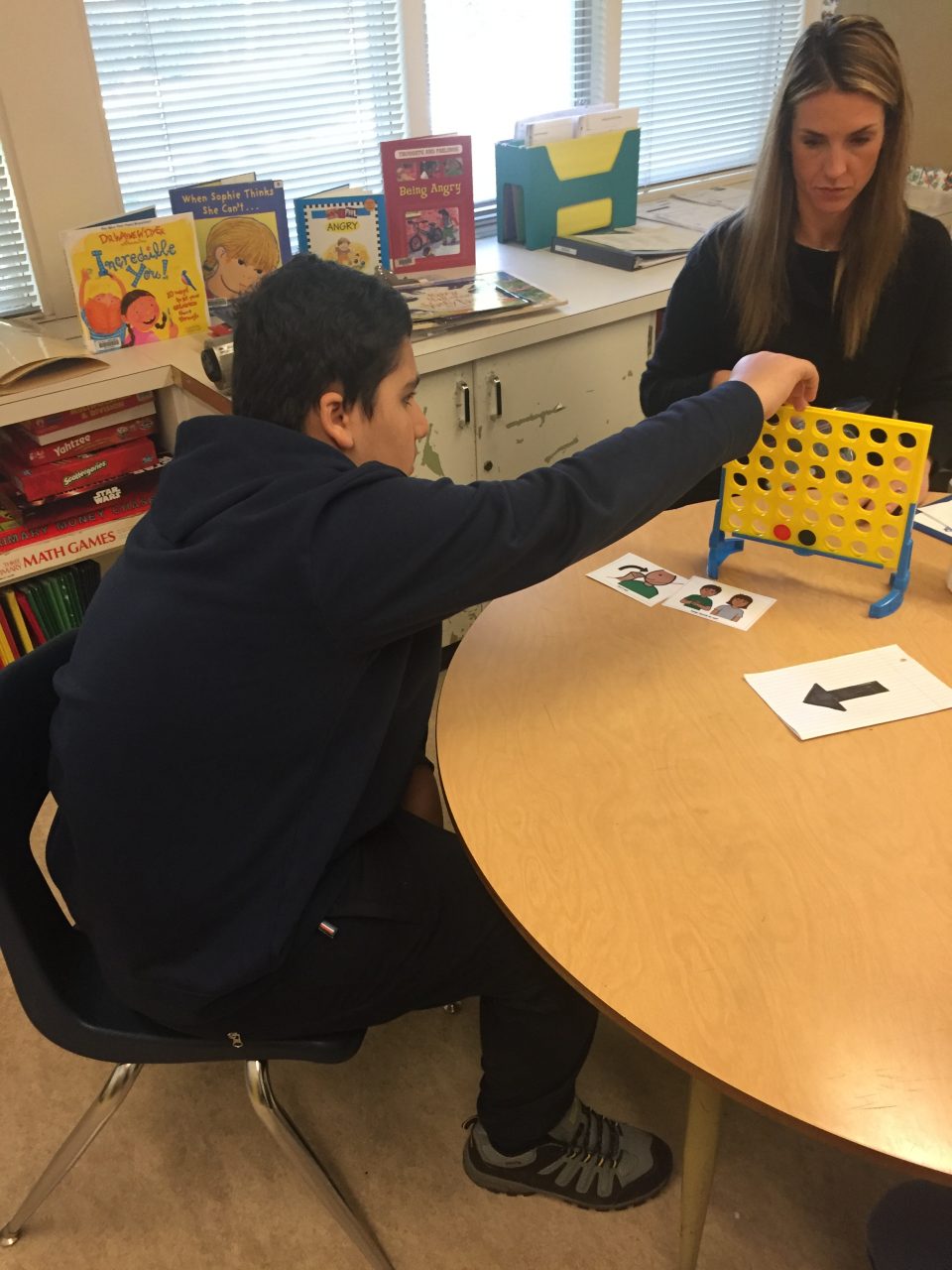
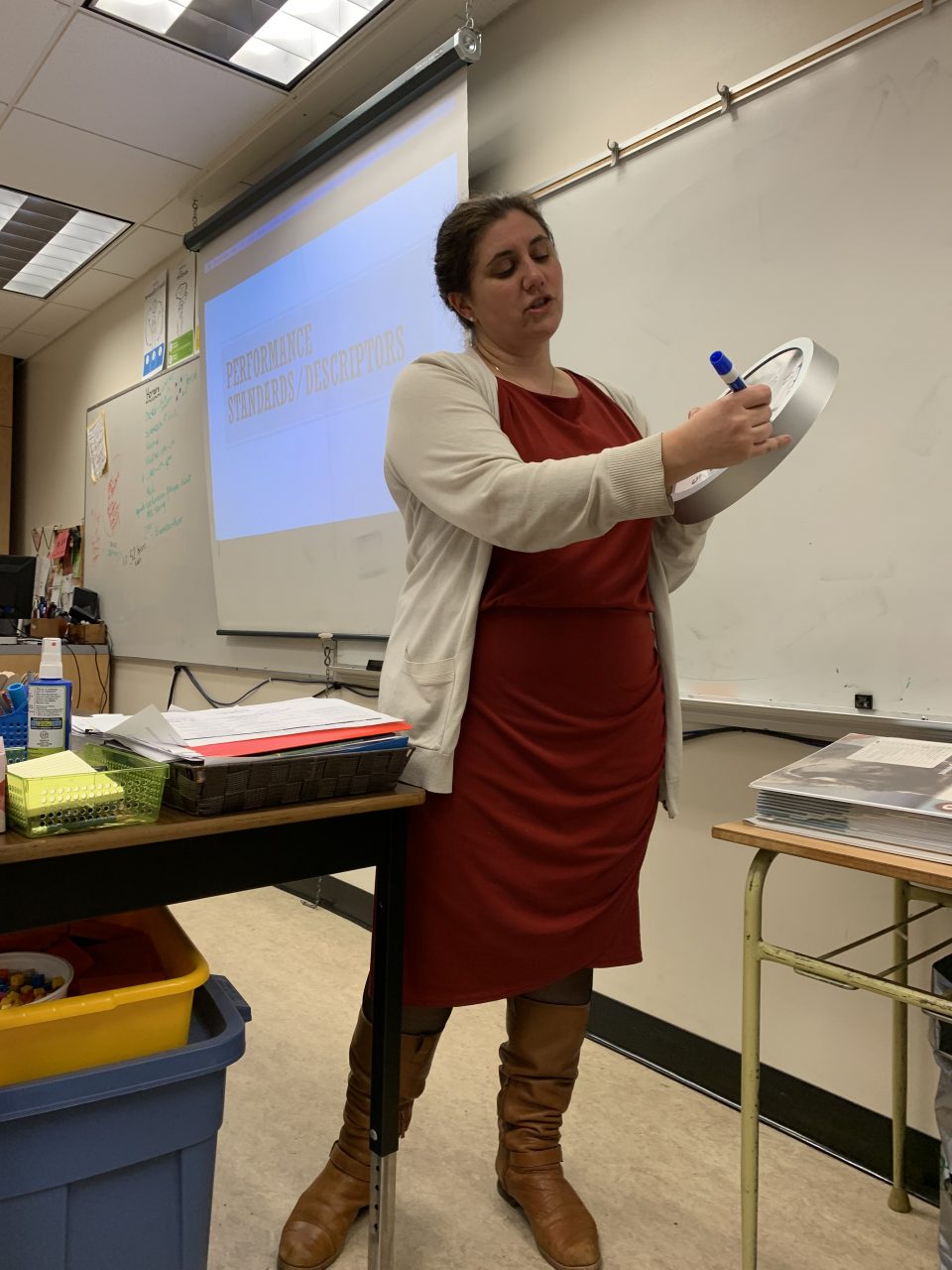
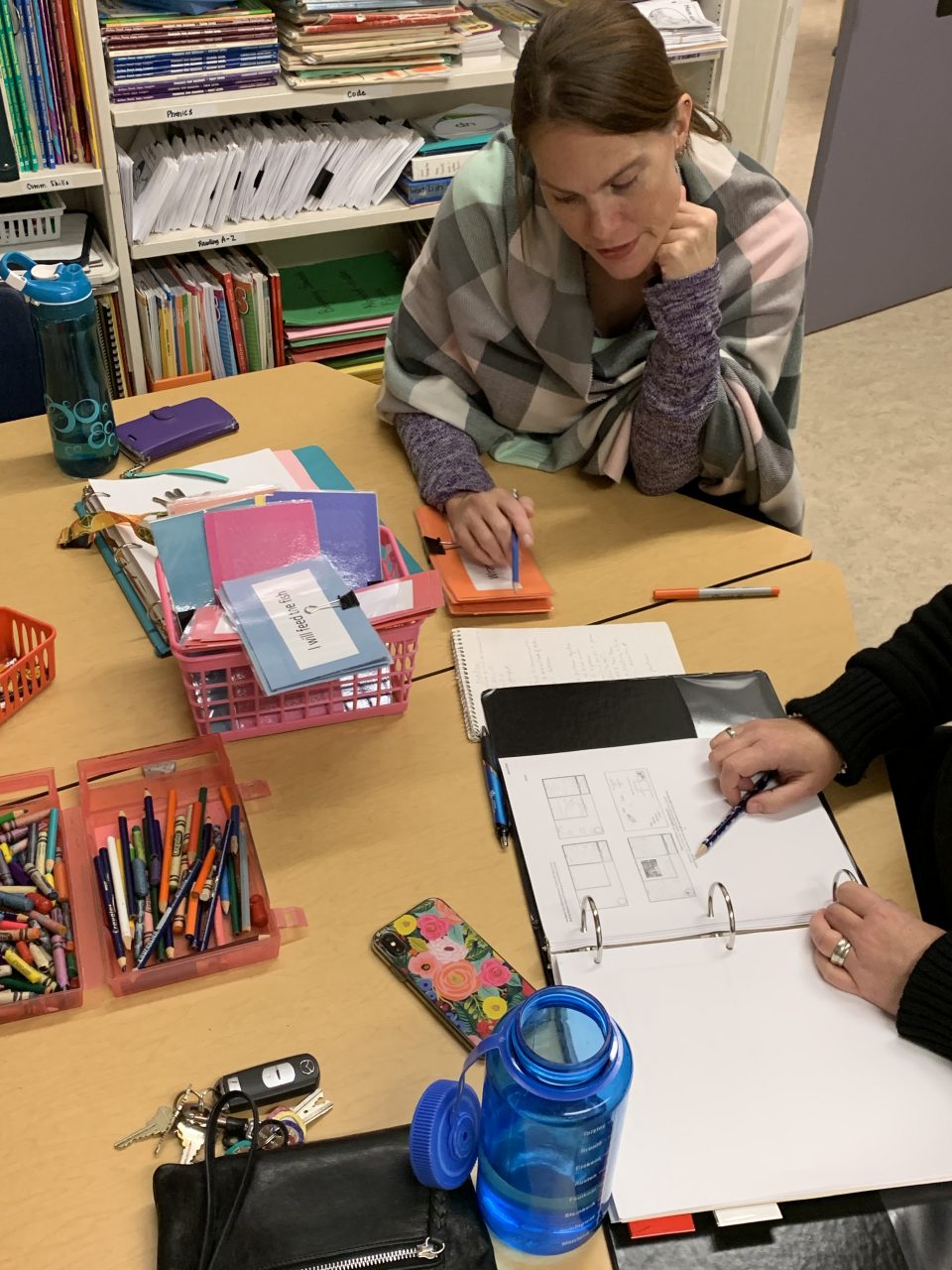
Student
Diversity and inclusion focus in school-wide and classroom learning.
Commitment to showcase and value diversity though:
- guest speakers
- performances
- morning music
- weekly intentions
- activities and field trips
- school assemblies
- Opportunities to work with students and staff outside of assigned classrooms
- Spaces and tools to support individualized learning in classrooms and throughout the school
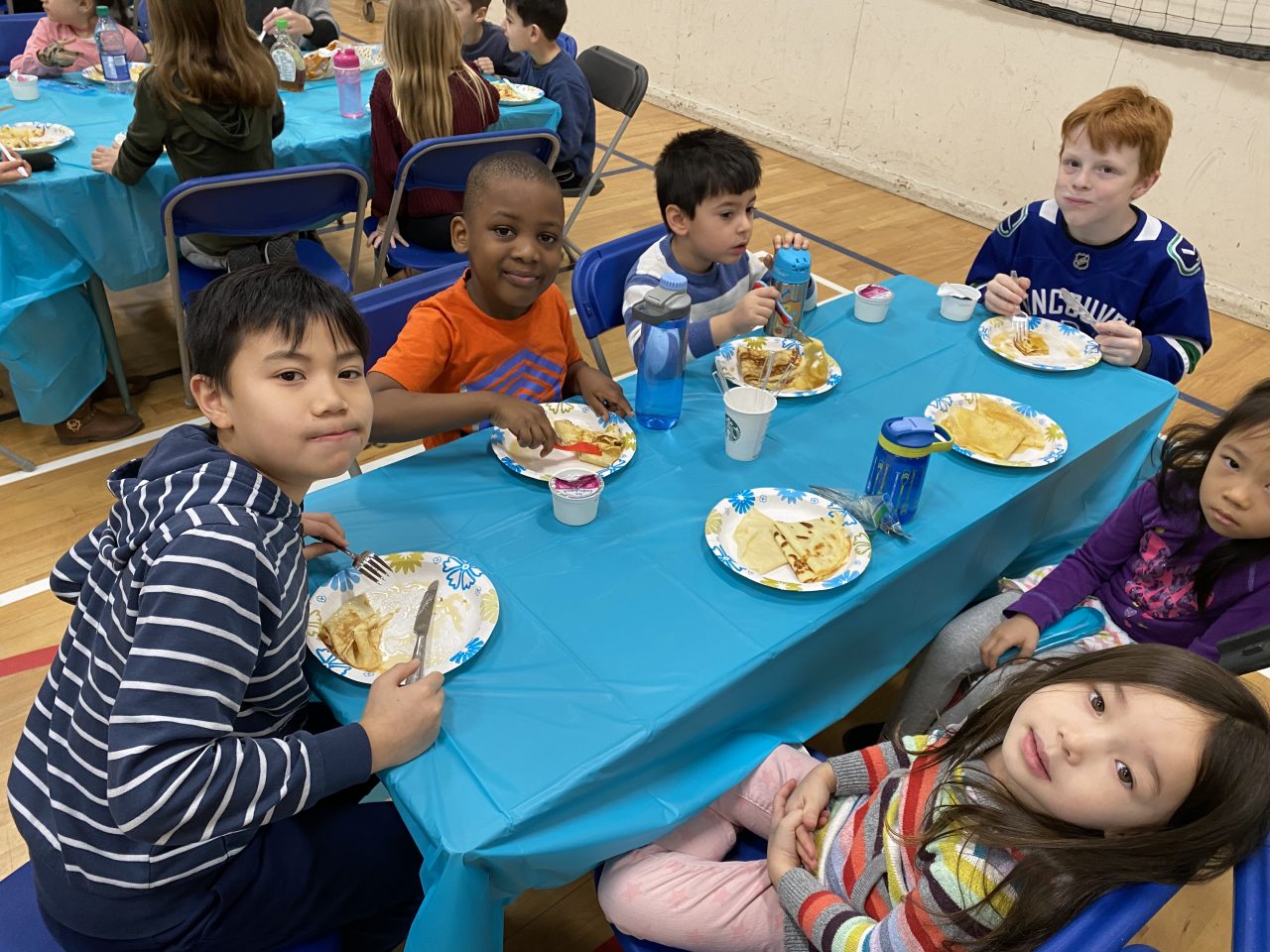
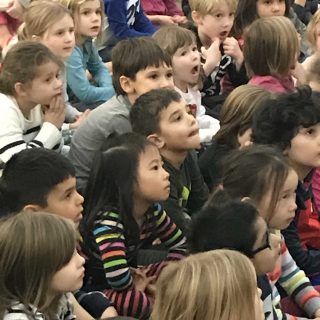
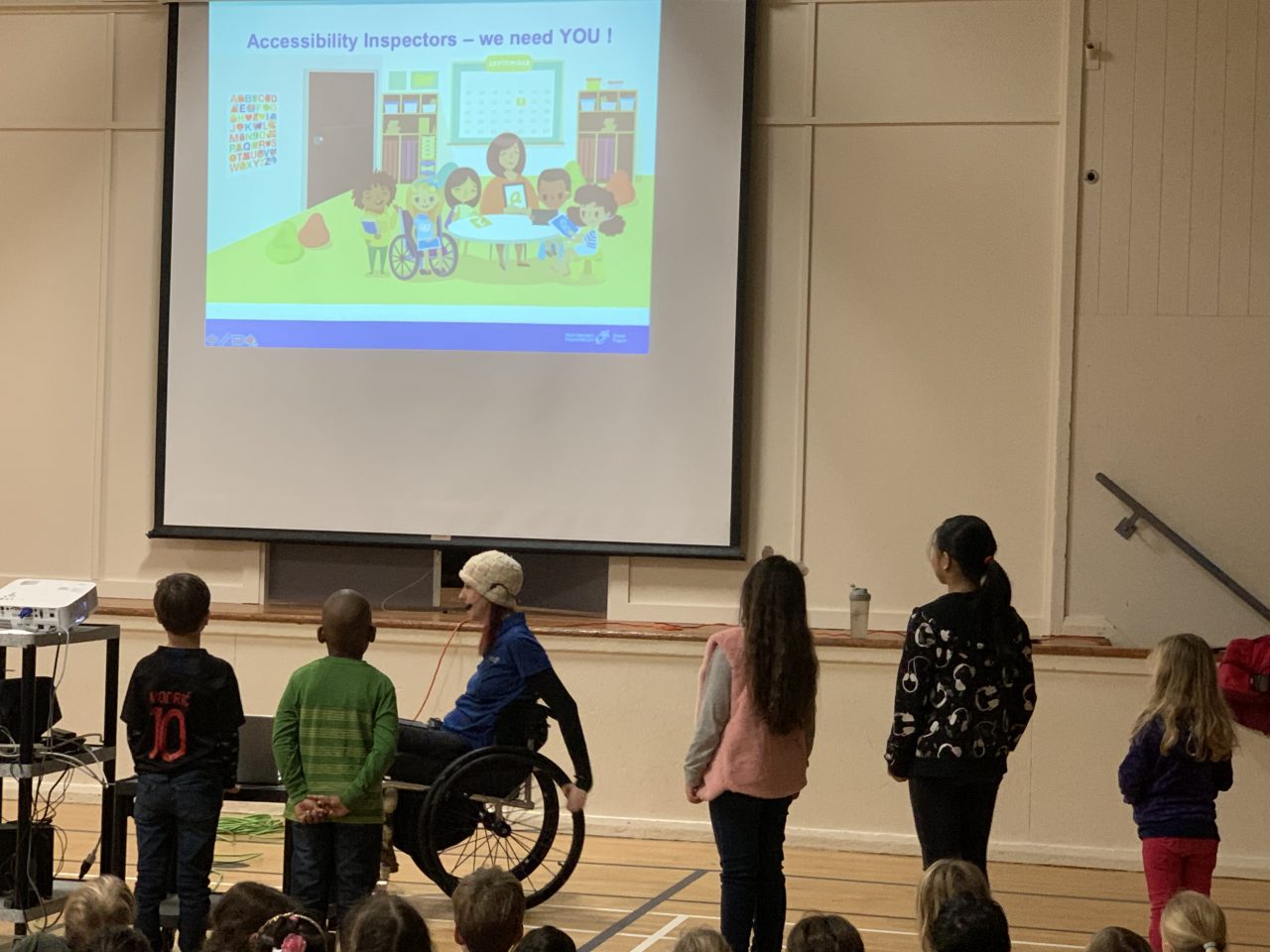
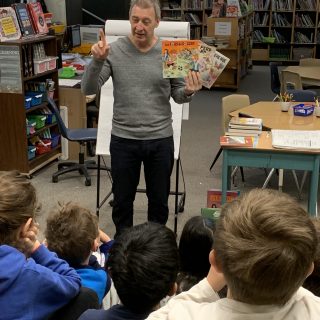
Family and Community
Support diversity and inclusion with our families and community.
- Ongoing development of appreciation and understanding of inclusion within our community
- Students individual learning goals developed at Student-Teacher-Family Conferences
- School Assemblies as an avenue to showcase and value diversity
- Develop a plan for welcoming new families
- Evaluate and adapt communication tools and systems to meet community needs
School Planning Team
- Administrators
- Teachers
- Support Staff
- Parents
- Students
Monitor Evaluate & Adapt
What are our Indicators of Progress?
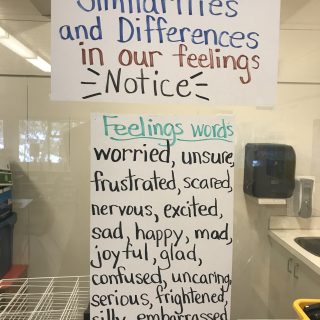
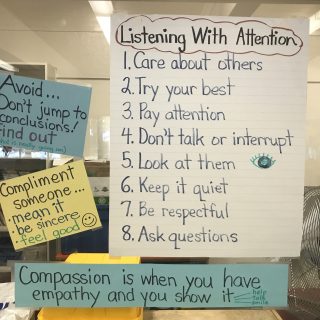
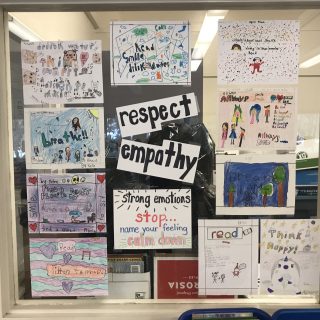
Establish regular opportunities to engage in a cycle of ongoing reflection with staff, students, and families where we look at examples and data pertaining to both goals. These processes allow us to regularly come back to our goals, talk about our learning, and expand where we are going to next.
Some examples include:
- Data and observations through Social Emotional Learning Classroom Snapshot
- Individual, Class, and Grade Learner Profiles
- Communications survey
- Tracking students who need additional support for self-regulation (frequency and intensity)
- Tracking supports for students with Individual Education Plans
Example reflective questions:
- How do we show evidence of the growth of Social Emotional Competencies?
- What is our collective understanding of diversity
- What is evidence of inclusion and learner success?
- What structures and supports can we provide as a community to grow meaningful inclusion in our school?
Reflective venues:
- Staff meetings
- Collaboration time
- Professional Development
- Team meetings
- School Assemblies
- Classroom discussions and class meetings
- Student conversations
- Engagement with families through large group and individual opportunities
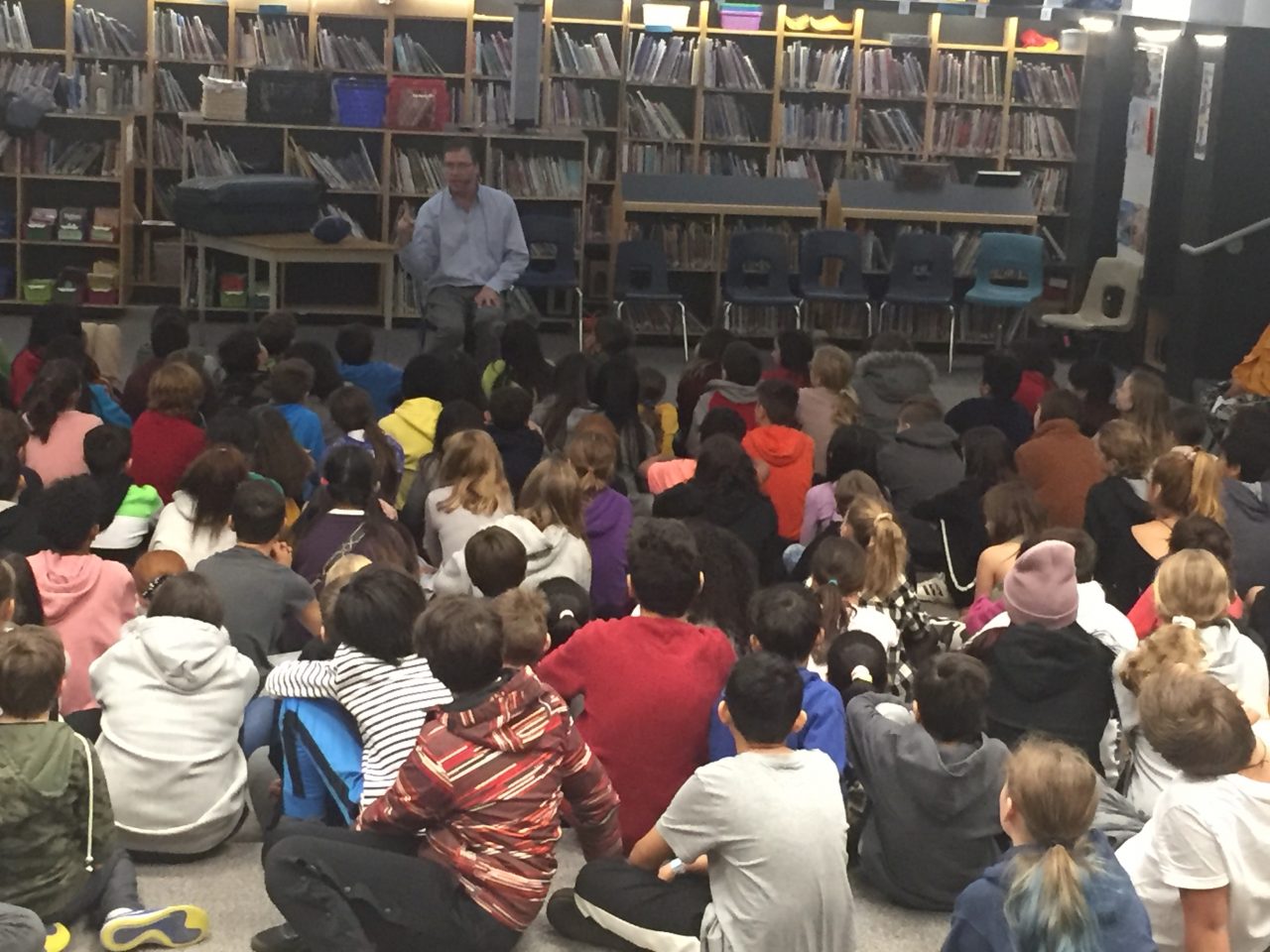
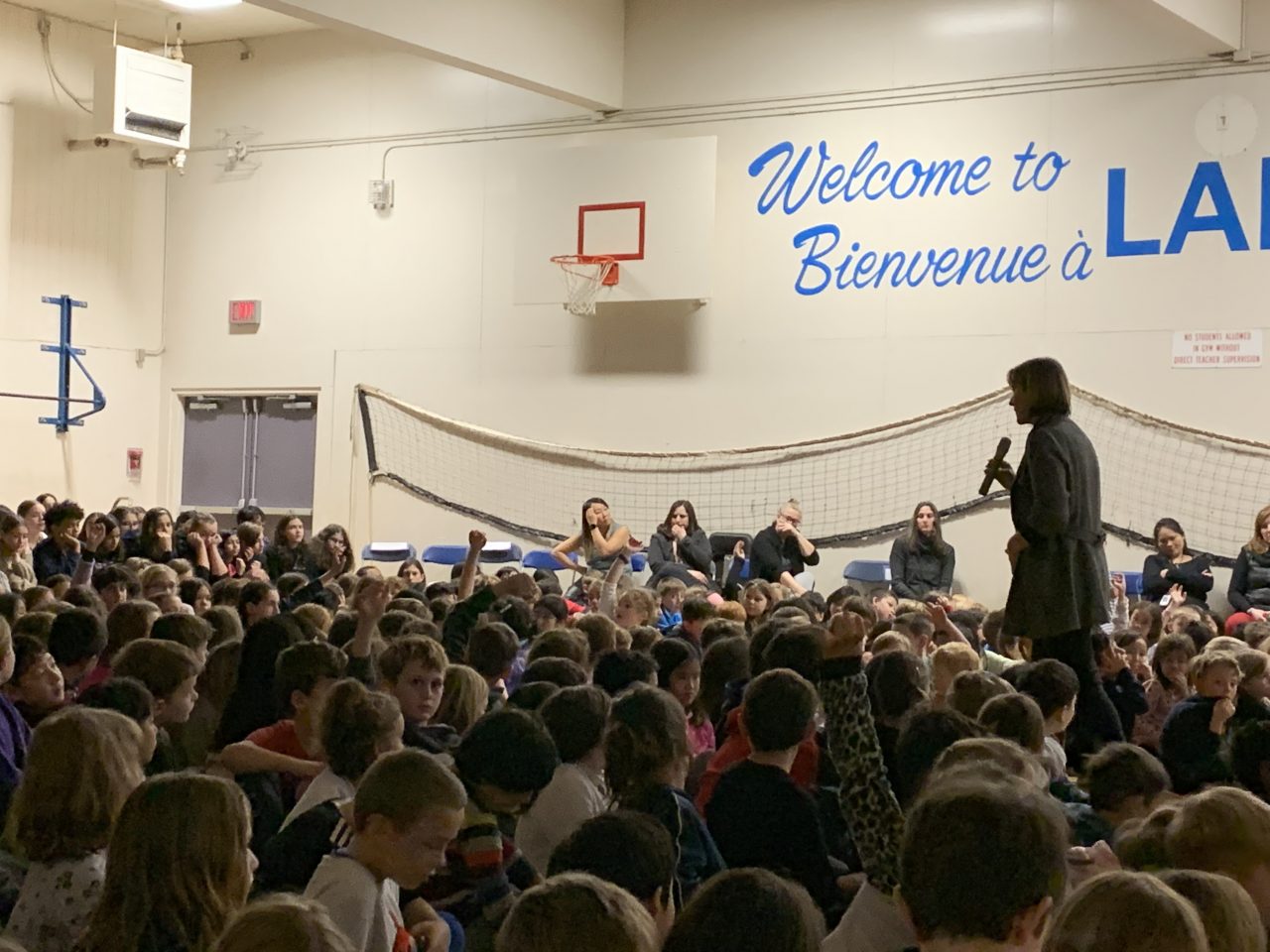
Communicating Progress
How do we Communicate our Progress?
Communication of progress is ongoing across all groups.
Staff:
- Staff meetings
- Collaboration time
- Professional Developmen
- Team Meetings
Students:
- Morning announcements with Weekly Intentions linking to SEL and Inclusion and Diversity
- School Assemblies
- Classroom discussions and class meetings
- Student conversations
Families:
- Weekly email update including weekly intentions and highlights specific to Social Emotional Learning and Inclusion and Diversity
Latest Progress & Updates

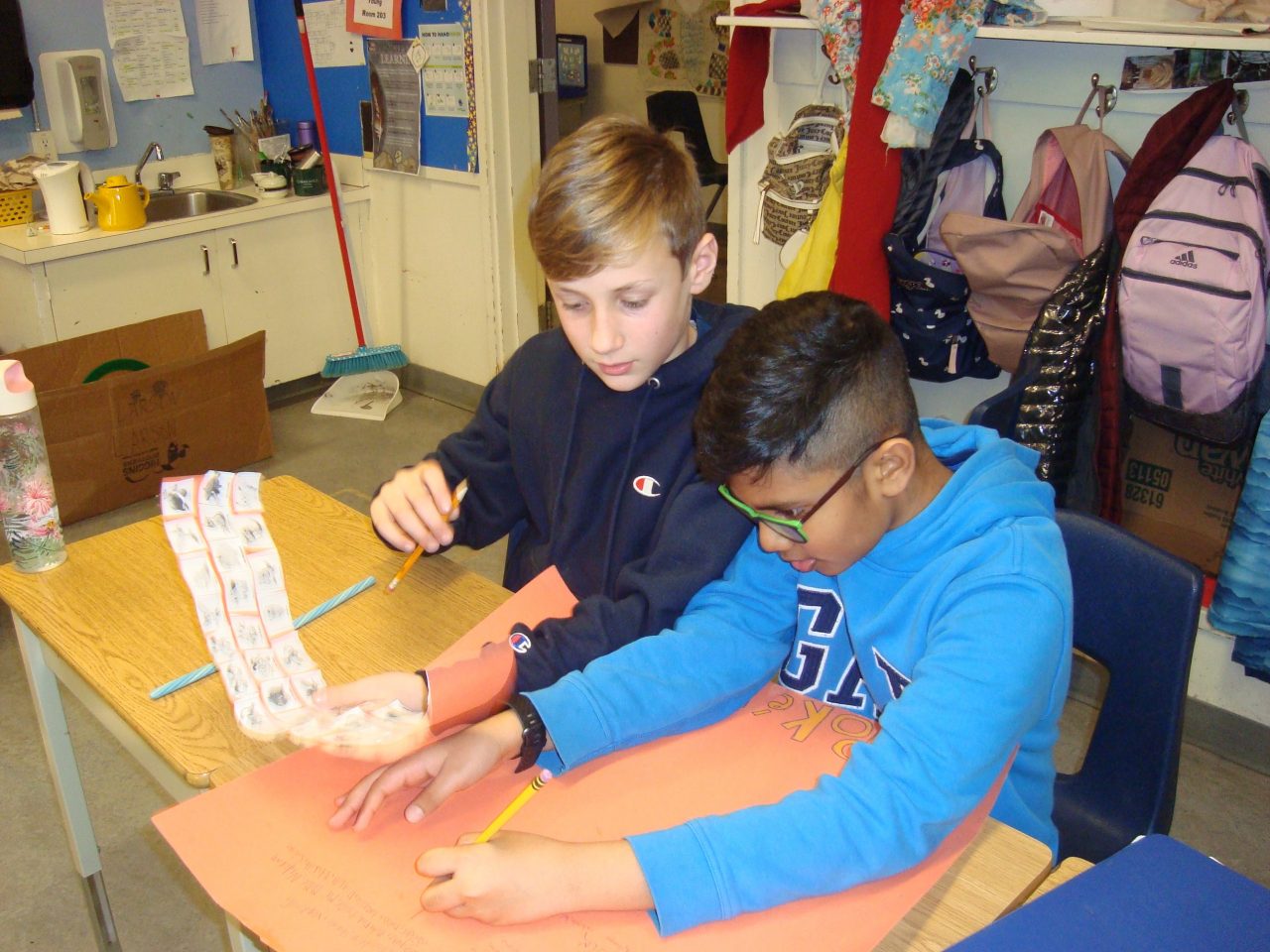
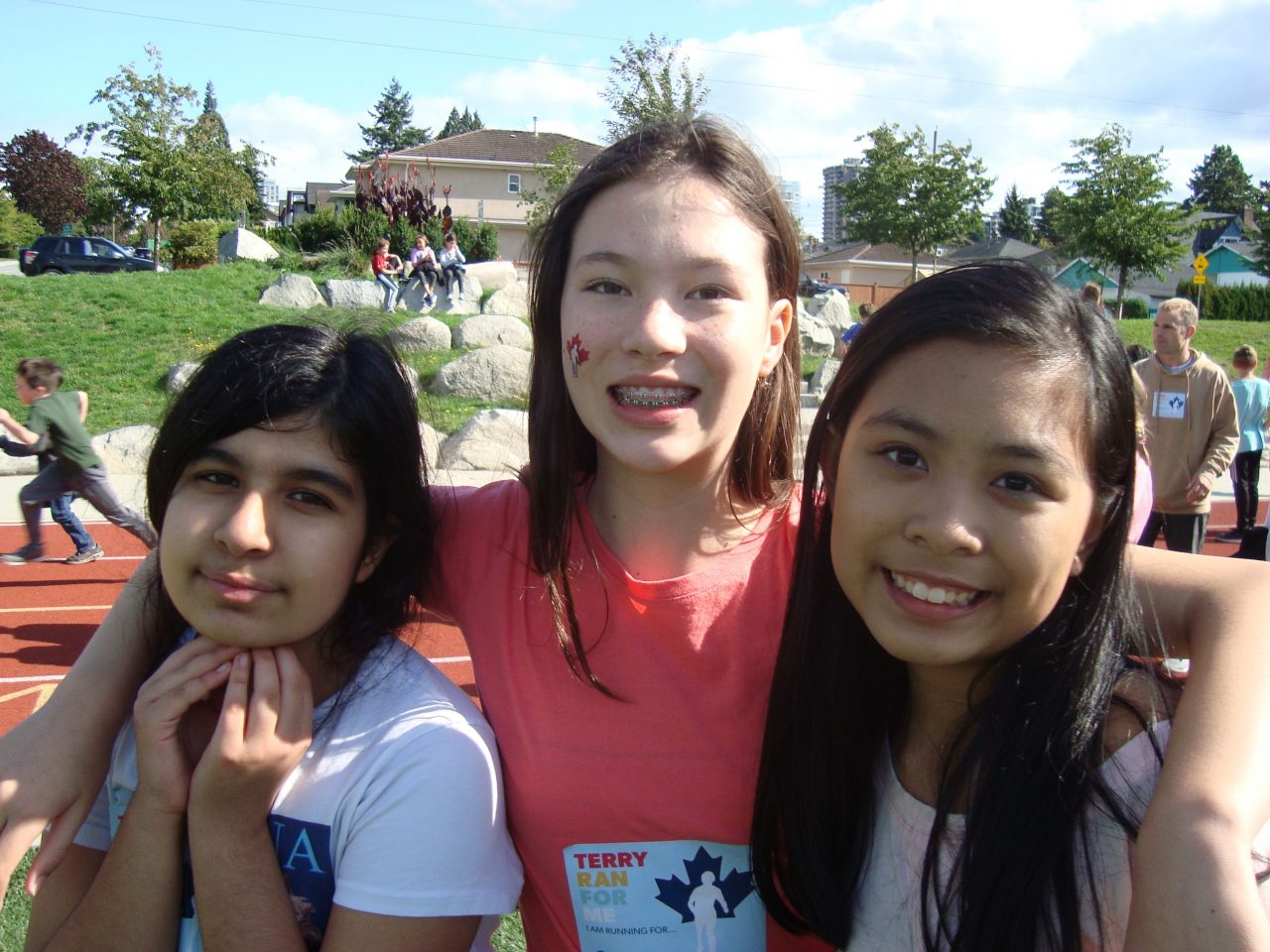
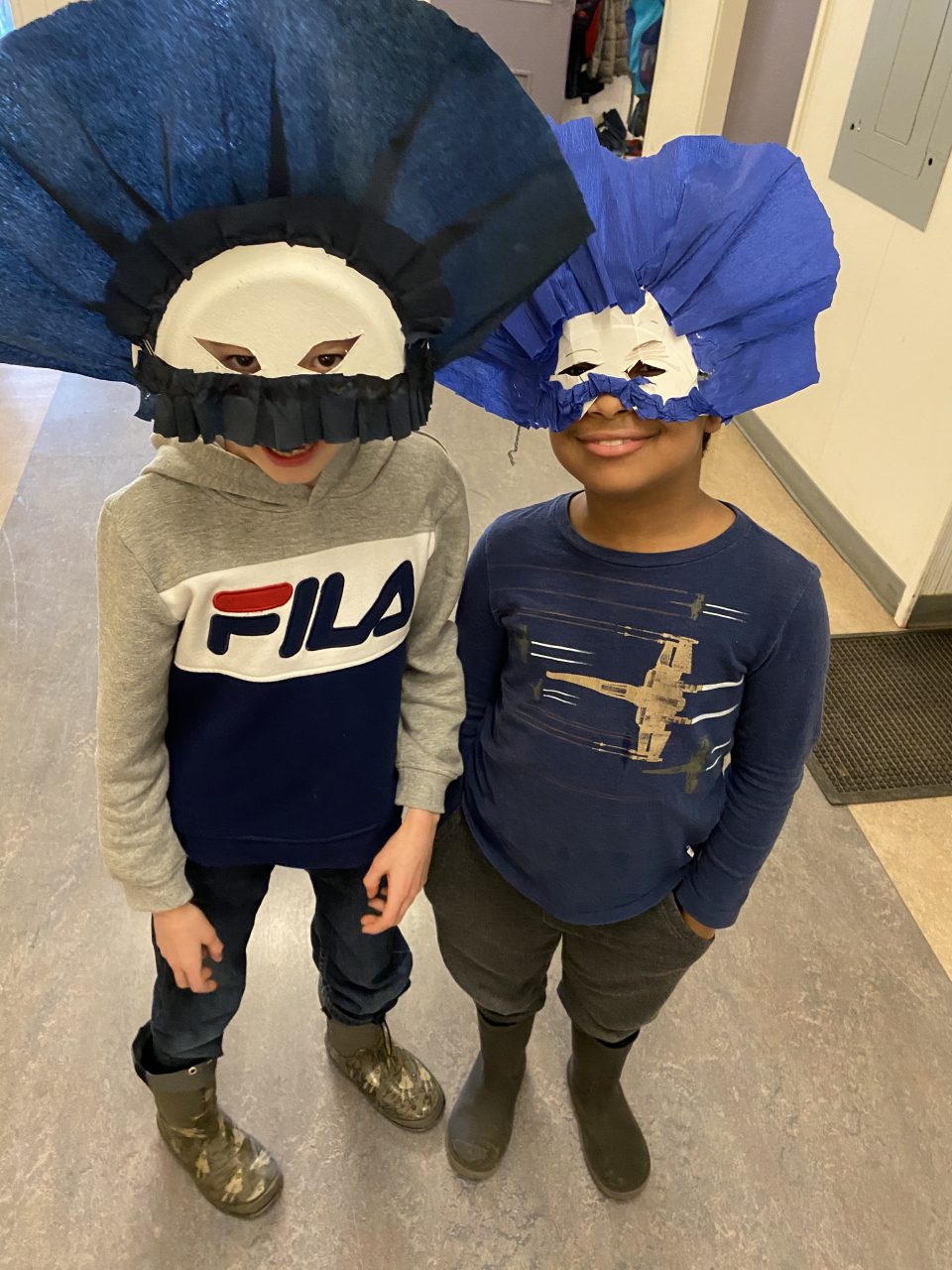
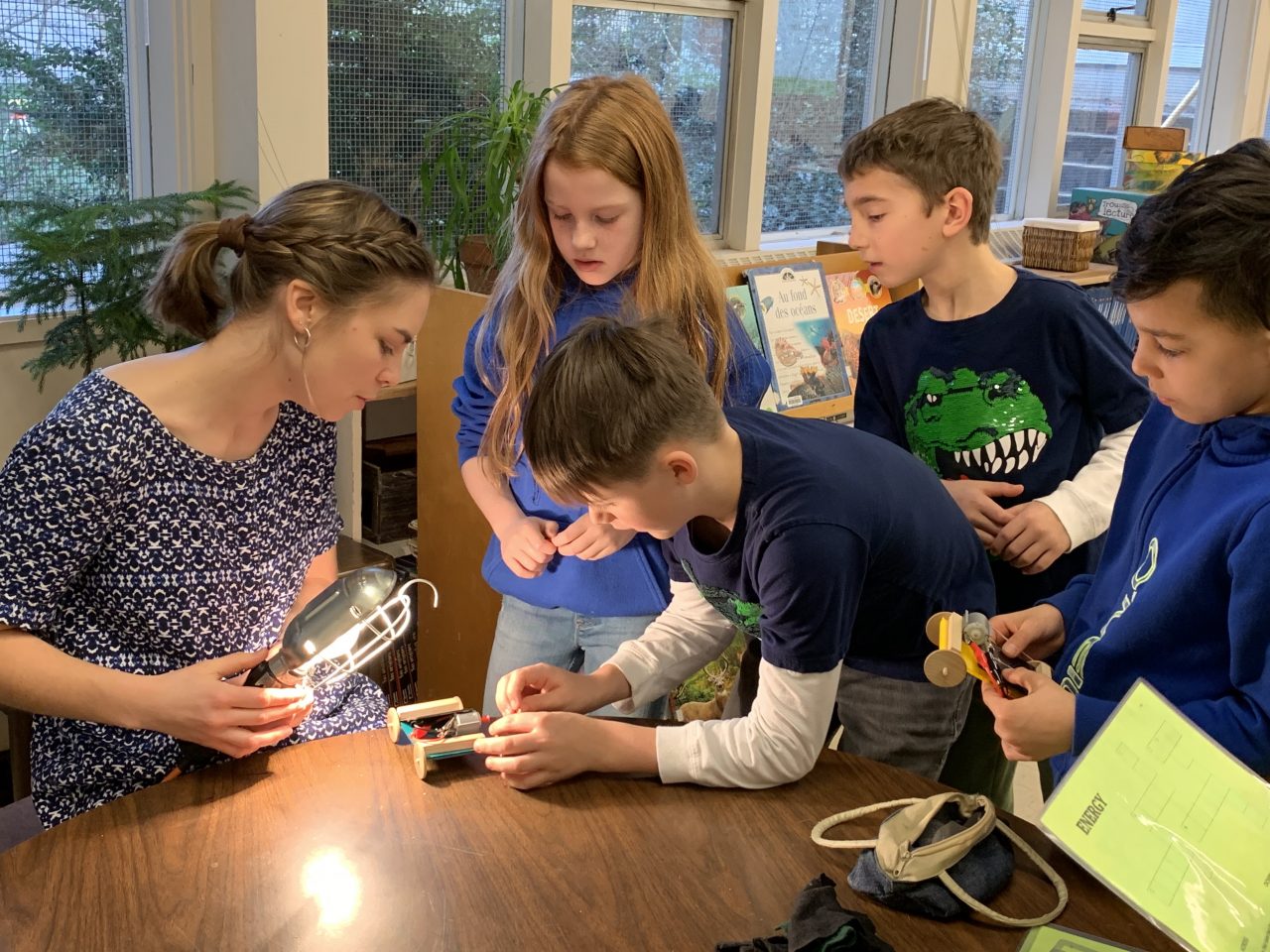
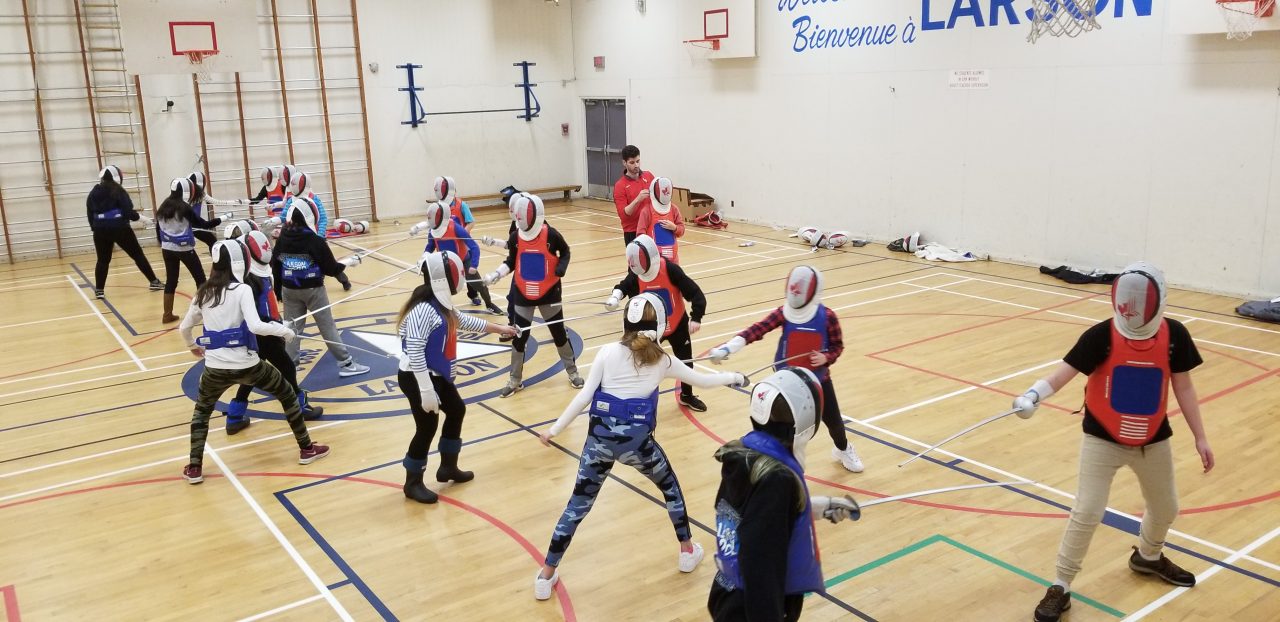
Our plan has recently been updated and reflects the current progress until this point.
Next steps include:
- Implement changes or recommendations to communication tools and systems based on our communication survey
- Further involve our students and families in deepening our work around inclusion and diversity
- Create further opportunities for student engagement in our school planning process
- Create a structure to ensure alignment of actions and communication with school goals (ex. forms, school-wide activities)
- Develop a tool to support welcoming new families to our school
- Explore options to celebrate
- Look at structures and supports that can be provided to families grow meaningful inclusion in our schools

